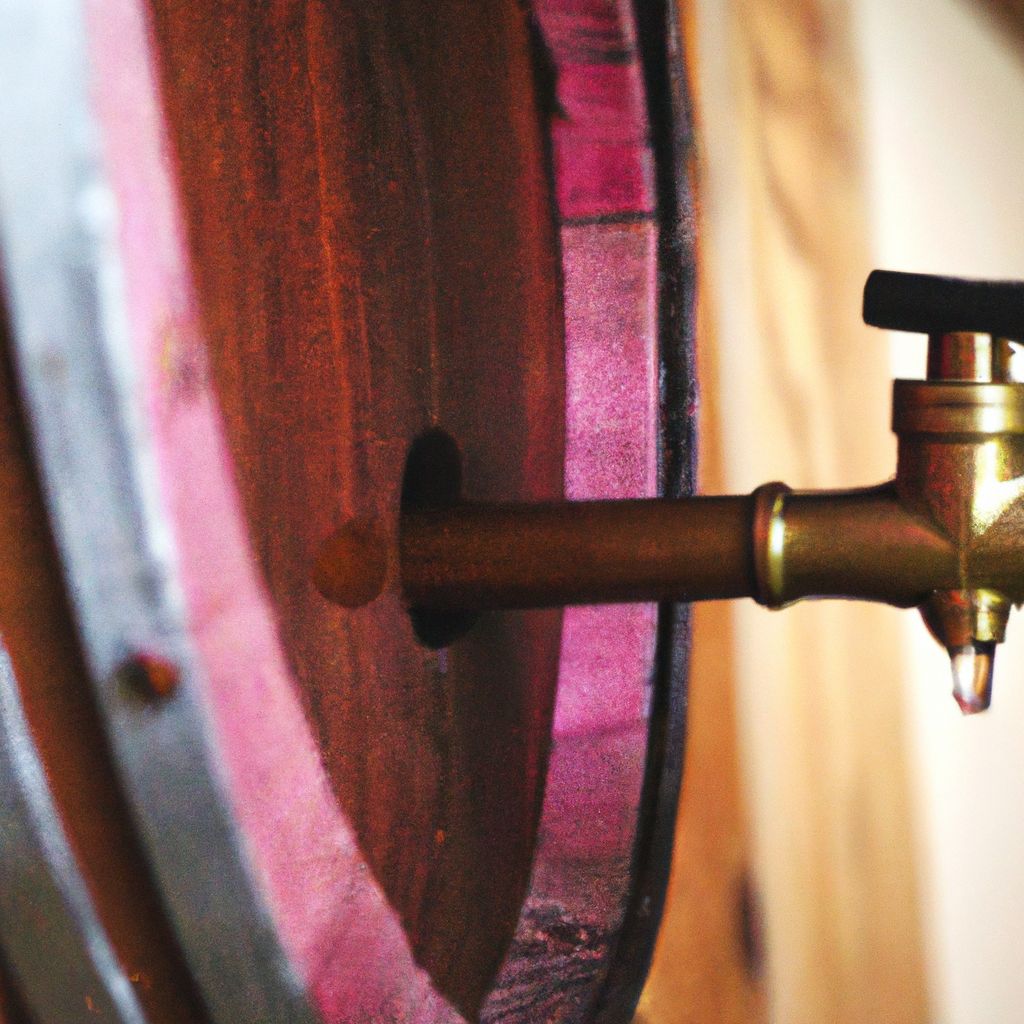Wine has been a part of human culture for thousands of years, and the process of making wine has evolved over time. The wine making process, also known as winemaking, involves a series of steps that transform grapes into wine. In this article, we will discuss the winemaking steps, grape fermentation, wine production, wine aging, wine bottling, and more.
Winemaking Steps
The wine making process can be broken down into several steps:
1. Harvesting: The first step in winemaking is harvesting the grapes. Grapes are usually harvested in the fall, when they are ripe and ready to be picked.
2. Crushing: Once the grapes are harvested, they are crushed to extract the juice. This can be done manually or with the help of machines.
3. Fermentation: The next step is grape fermentation, which is the process of converting the grape juice into alcohol. Yeast is added to the juice, which consumes the sugar and produces alcohol and carbon dioxide.
4. Pressing: After fermentation, the wine is separated from the grape skins and seeds. This is done using a press, which squeezes the juice out of the skins and seeds.
5. Clarification: The wine is then clarified to remove any remaining solids or impurities. This can be done through filtration or by allowing the wine to settle and then siphoning off the clear liquid.
6. Aging: Finally, the wine is aged in barrels or bottles. This process can take anywhere from a few months to several years, depending on the type of wine being made.
Grape Fermentation
Grape fermentation is a crucial step in the wine making process. Without fermentation, grape juice would remain just that – juice. It is the process of fermentation that converts grape juice into wine. To ensure a successful fermentation, winemakers must carefully monitor the temperature, acidity, and sugar levels of the grape juice. The yeast added to the juice consumes the sugar and produces alcohol and carbon dioxide. The process can take anywhere from a few days to several weeks, depending on the desired alcohol content and flavor profile.
Wine Production
Wine production involves several steps beyond grape fermentation. Once the wine has been fermented and pressed, it must be clarified and aged. Clarification is the process of removing any remaining solids or impurities from the wine. This can be done using filtration or by allowing the wine to settle and then siphoning off the clear liquid. Aging is the process of allowing the wine to mature and develop its flavor profile. This can be done in barrels or bottles, and can take anywhere from a few months to several years, depending on the type of wine being made.
Wine Manufacturing
The wine manufacturing process involves the same steps as the winemaking process. However, wine manufacturing typically refers to the large-scale production of wine for commercial purposes. This involves using machines and technology to streamline the winemaking process and produce large quantities of wine.
Wine Brewing
Wine brewing is not a term commonly used in the wine industry. Brewing typically refers to the process of making beer, whereas winemaking involves the process of transforming grapes into wine.
Wine Preparation
Wine preparation is another term for winemaking. It refers to the process of preparing grapes for fermentation and transforming them into wine.
Wine Crafting
Wine crafting is a term used to describe the art of making wine. It involves using traditional winemaking techniques and paying close attention to the details of the winemaking process to produce high-quality wines with unique flavor profiles.
Wine Aging
Wine aging is the process of allowing wine to mature and develop its flavor profile. This can be done in barrels or bottles, and can take anywhere from a few months to several years, depending on the type of wine being made. During aging, the wine can develop complex flavors and aromas that are not present in young wines.
Wine Bottling
Once the wine has been aged, it is bottled and labeled for sale. Bottling is the final step in the winemaking process, and involves filling the bottles with wine and sealing them with a cork or screw top. The wine is then labeled with information about the winery, vintage, and grape variety.
In conclusion, the process of making wine involves several steps, including harvesting, crushing, fermentation, pressing, clarification, aging, and bottling. Grape fermentation is a crucial step in the winemaking process, as it is the process of converting grape juice into wine. Wine production involves the same steps as the winemaking process, but wine manufacturing typically refers to the large-scale production of wine for commercial purposes. Wine aging is the process of allowing wine to mature and develop its flavor profile, and can take anywhere from a few months to several years. Finally, once the wine has been aged, it is bottled and labeled for sale.







